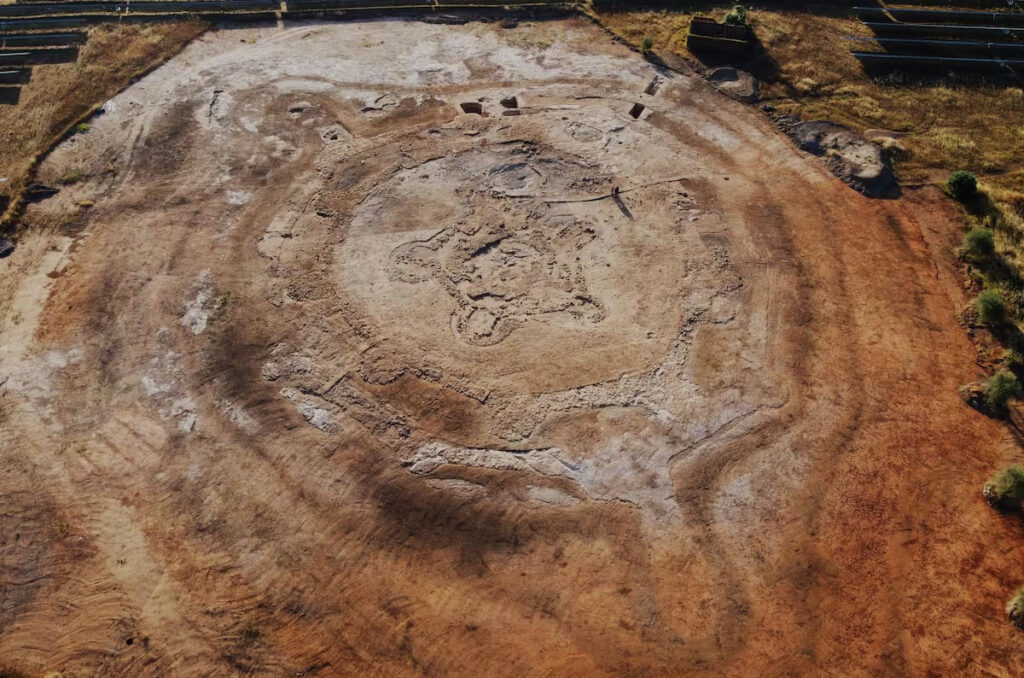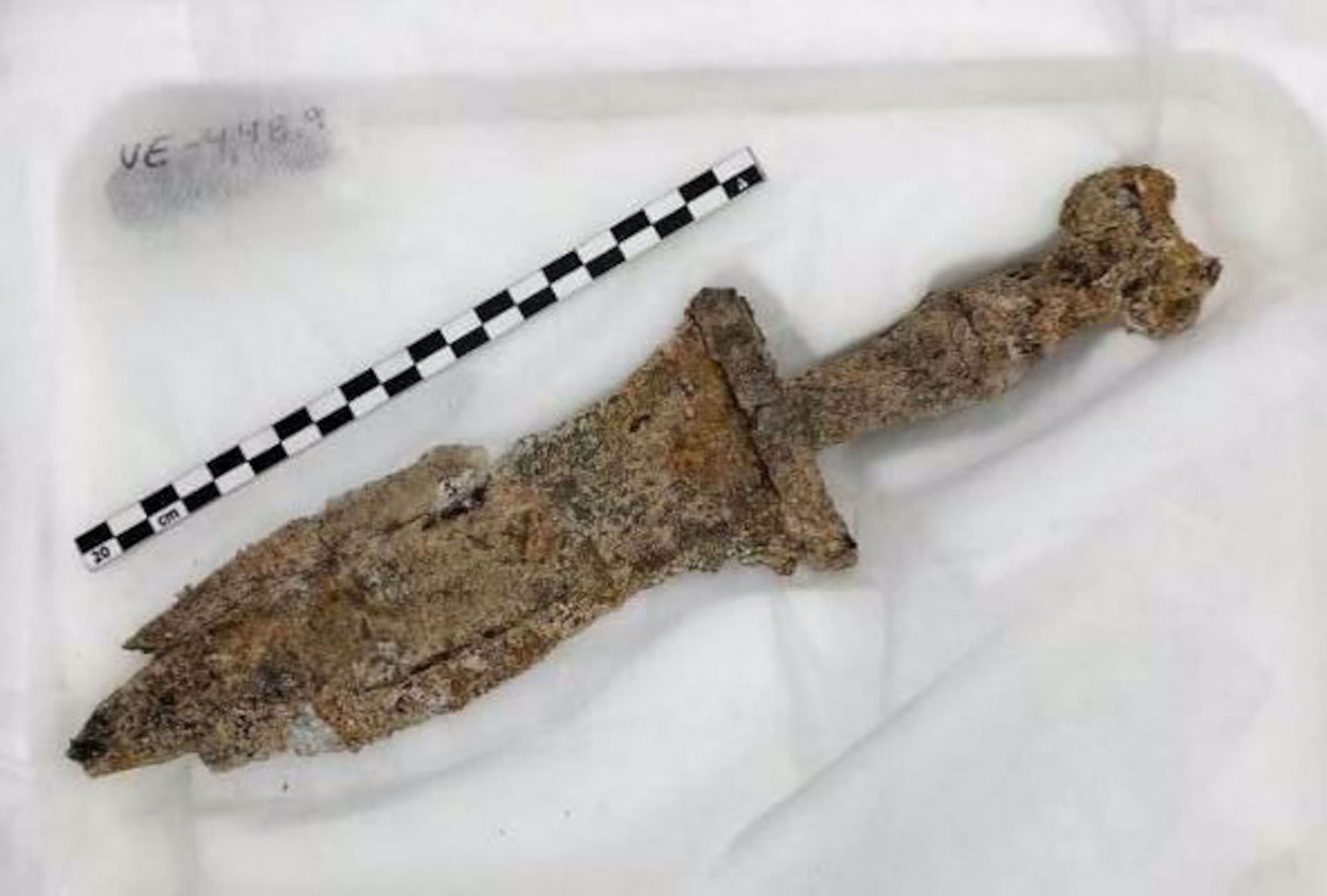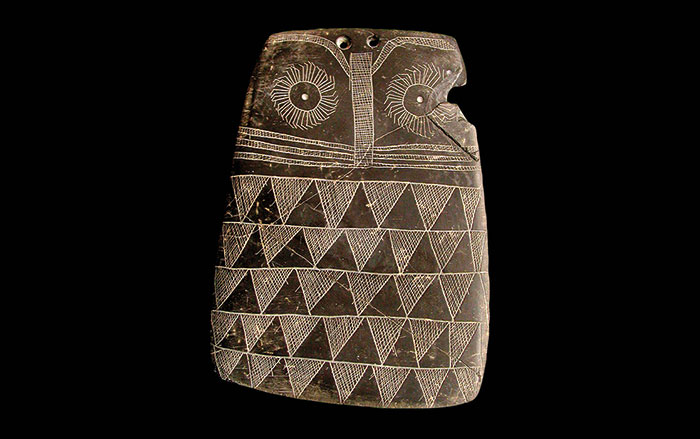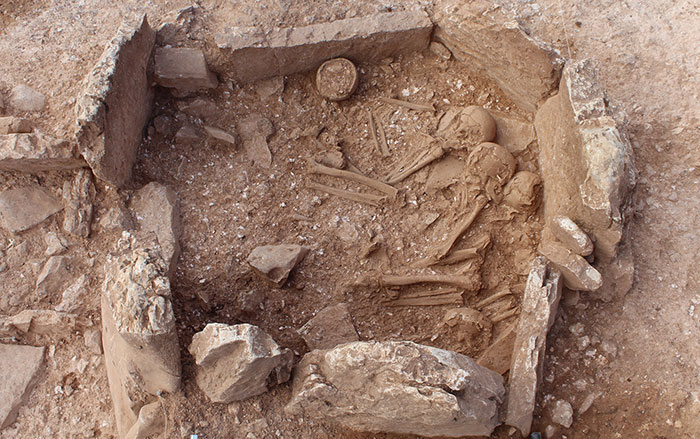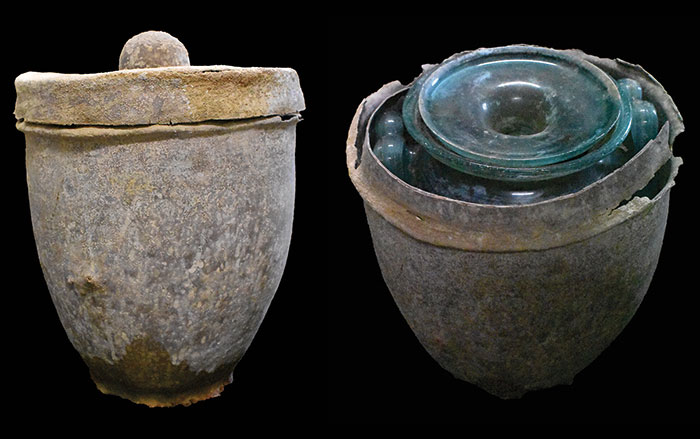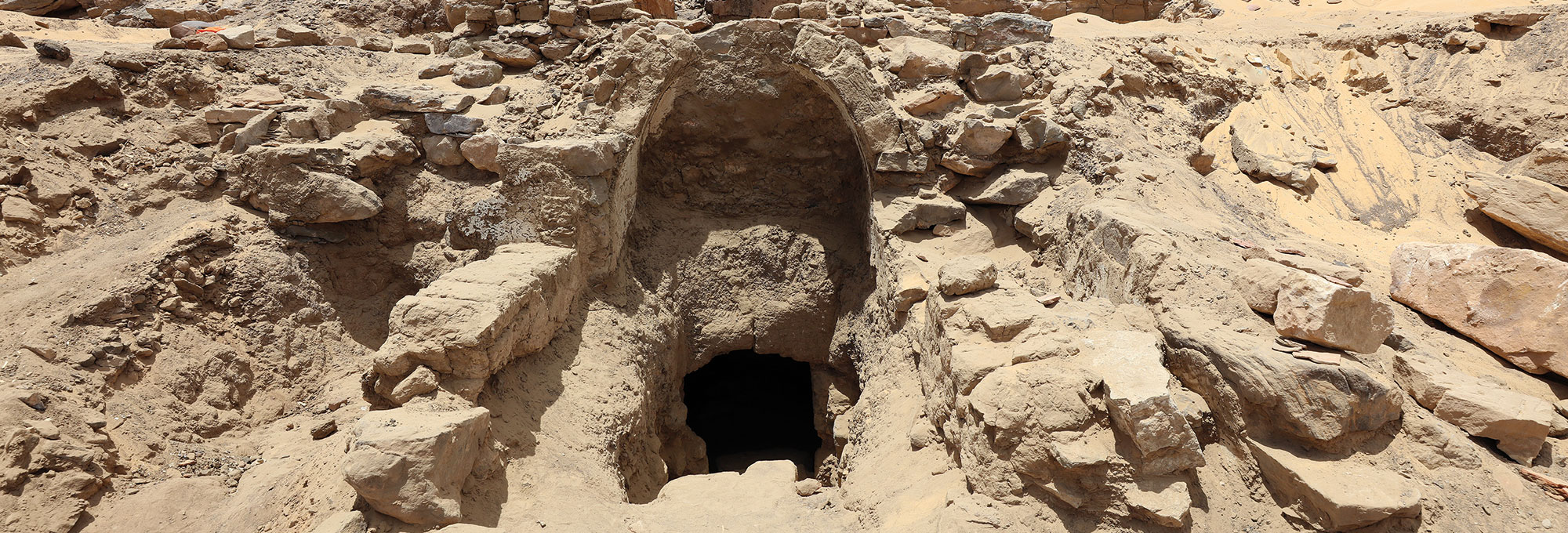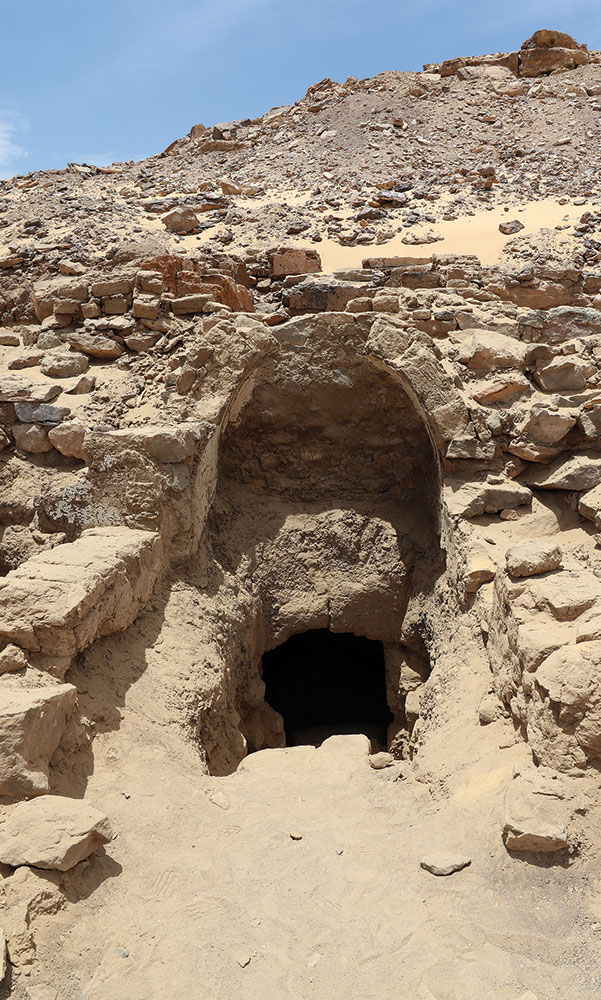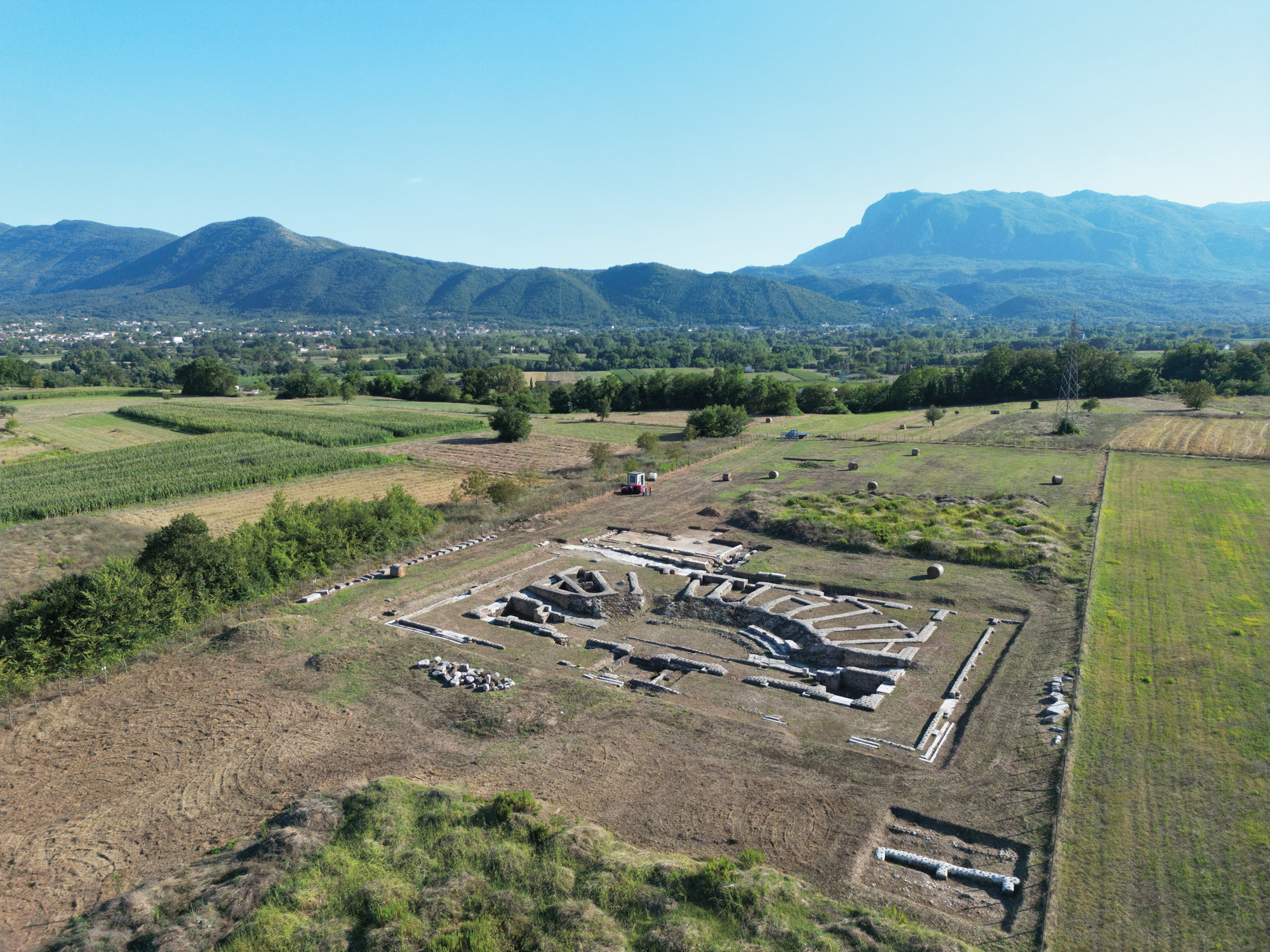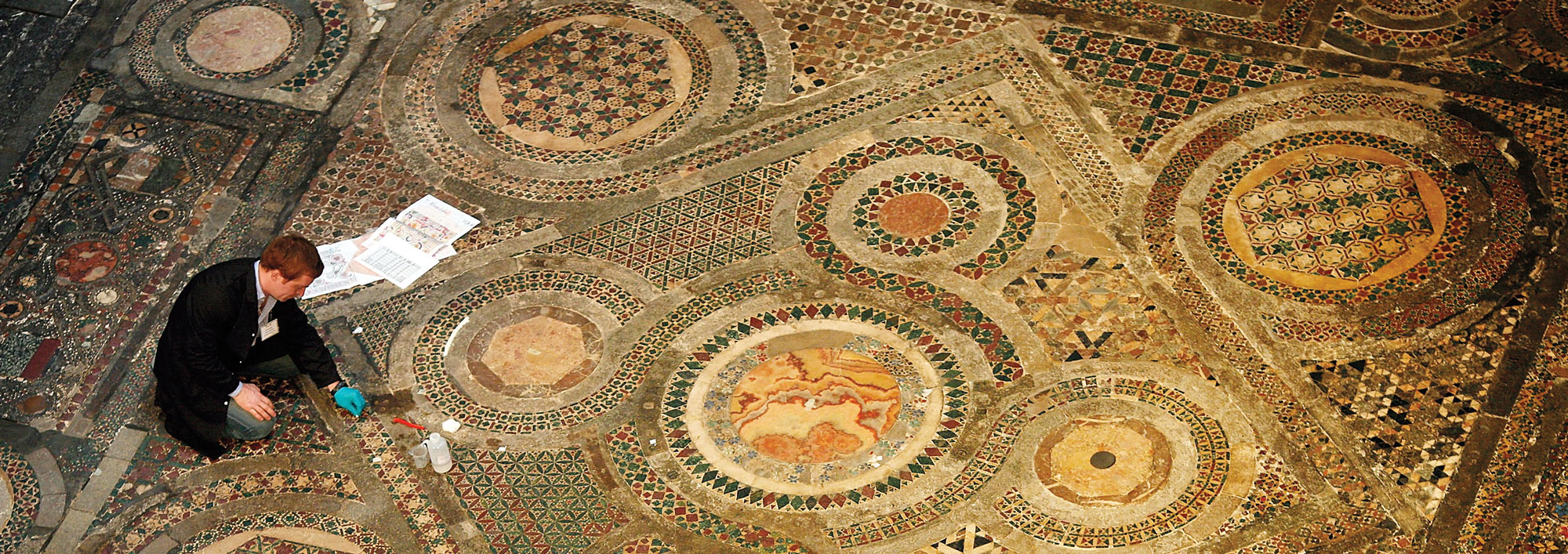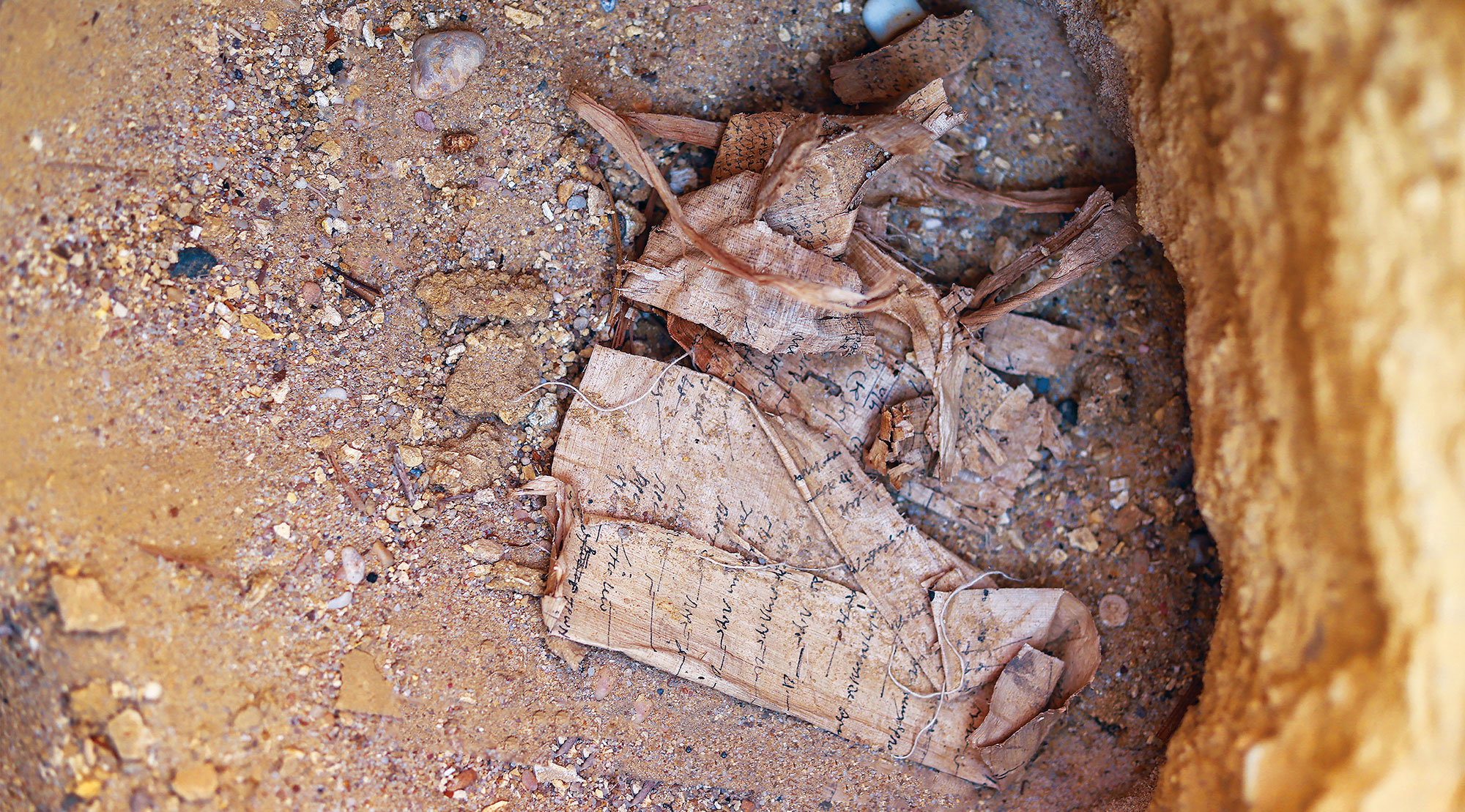ALMENDRALEJO, SPAIN—According to an El País report, researchers from Tera S.L. discovered a 4,900-year-old fortress on a hill in southwestern Spain. The pentagon-shaped fortress was surrounded by three concentric walls, 25 bastions, and three ditches. Arrowheads, idols, axes, grinding stones, plates, bowls, and loom parts were found inside the structure. Traces of a reservoir for water storage and cabins were also uncovered. “The complex system of walls and ditches, built from both stone and earth, demonstrates careful planning that required the coordination of a large group of people,” said archaeologist César Pérez. He and his team determined that wooden doors that had been set in the adobe walls were burned during an attack, resulting in the burning of the entire structure and its abandonment around 2450 B.C. Excavation near one of the defensive ditches also uncovered the later burial of a man who may have been a Roman soldier. The man’s body had been placed face down with a dagger, or pugio, on his back. The dagger has been dated to the late first century B.C. “This suggests the individual may have had a military role, as the pugio was the standard dagger used by Roman legionaries,” Pérez said. Its unusual placement in the burial may indicate that the soldier was given a dishonorable burial, he concluded. To read about Copper Age burials at the site of Valencina in southwestern Spain, go to "Slideshow: Spain's Copper Age Priestesses."
